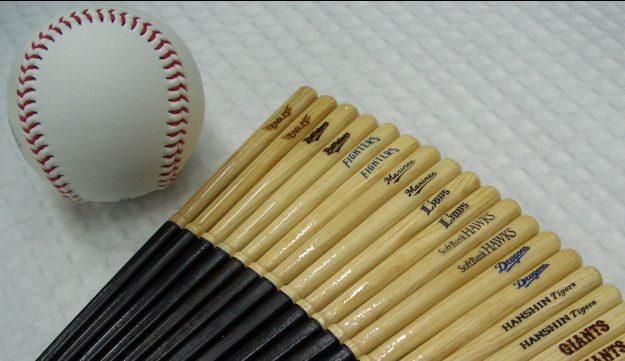The Japanese, meticulous in their approach to baseball, recycling and reuse, have figured out how to make good use of splintered bats.

TOKYO — The bats the Red Sox and the Dodgers break during the World Series are likely to be sold at team stores or by memorabilia companies, donated to charity, given away or even repurposed as wooden handles for bottle openers.
In Japan’s version of the World Series, which begins Saturday in a country meticulous about recycling, cracked and splintered bats may find another use as objects indispensable to life here: chopsticks.
Each season, thousands of damaged bats are reprocessed into reusable “kattobashi,” a mash-up of the Japanese word for chopsticks and a baseball chant that translates as “get a big hit.”
The recycling is part of a conservation effort, designed to be decades long and to help preserve and replenish a species of ash tree known as aodamo, native to Japan and a region of eastern Russia.
Aodamo wood — durable, light, flexible and resistant to splintering — was once used to make most of the professional bats here. But baseball officials, sporting goods companies and conservationists say aodamo is no longer considered economically feasible to log on the northern Japanese island of Hokkaido, considered the sweet spot for bat production.
At one time, Japanese stars like Ichiro Suzuki and Hideki Matsui used aodamo bats. So did some Americans like Mike Piazza. But forestry officials did not systematically replant the trees as they were felled.
Now the vast majority of bats are made from maple and white ash, mostly imported. Mizuno and Zett, two leading Japanese sporting goods manufacturers, say they no longer make bats from aodamo ash. The hope is that if the reforestation project is successful over the next half century or so, aodamo will again become feasible for baseball.
Articles in The Nikkei financial newspaper and other Japanese publications first sounded alarms about the decreased availability of aodamo wood in 2000. The Nikkei article was read by officials at the Hyozaemon chopsticks company, founded in 1921, with an office in Tokyo and a factory in Obama City, Japan. (Yes, the company said it made souvenir chopsticks for a certain American president and first family.)



